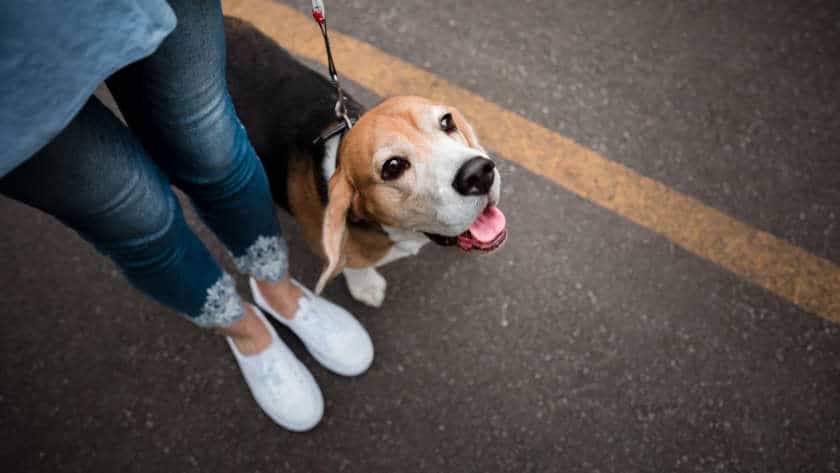Addressing Leash Pulling: Tips and Techniques for Success Leash-pulling is a problem that many dog owners face. To address it, you need patience, consistency and a good plan. Here are some tips:
Choose a leash and collar that fit your pup's size, breed and walking style.
Teach your pup basic commands such as "heel," "sit,"…










